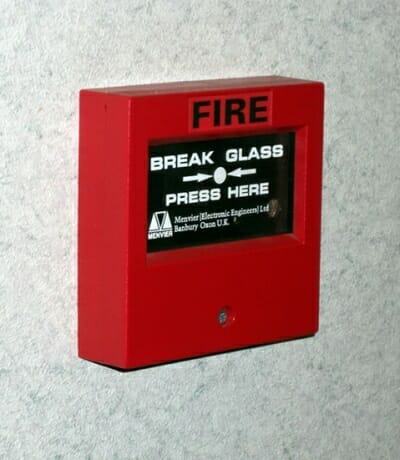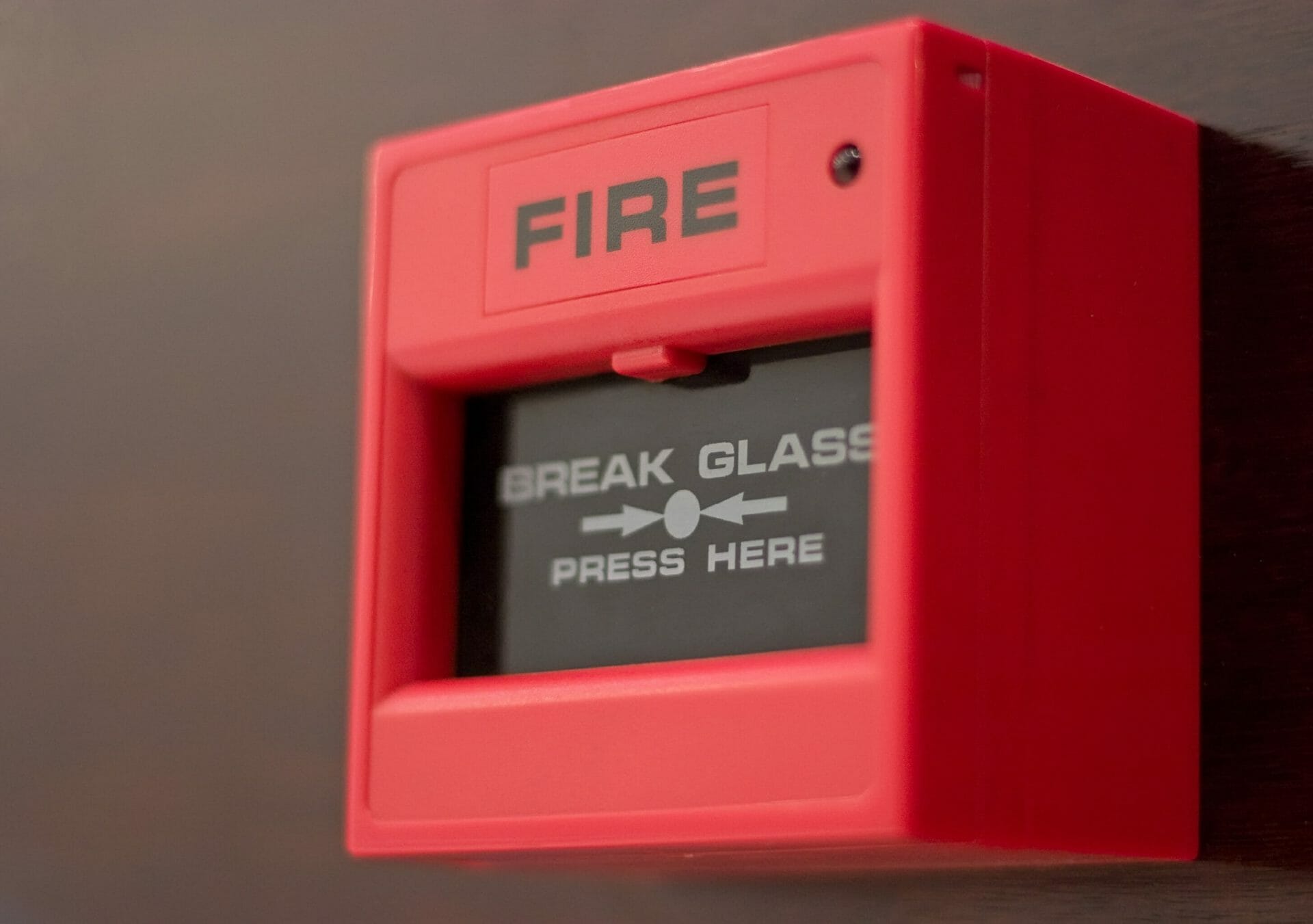Manual fire alarm break glass is used to allow building occupants to signal that a fire or other emergency exists within a building. They are normally connected to a central fire alarm panel, which is in turn connected to an internal alarm system.
Break glass is used with every fire alarm system and it will manually raise an alarm when someone fractures the glass. They are normally placed in exits, landings, fire escapes or near areas of high risk. These locations are what is known as call points.
Due to their manual activation and unlike other detectors, break glass requires human intervention to be triggered. However, this system is more normally used in conjunction with automatic detection existent in smoke and heat detectors rather than on its own.
Manual call points are required to be mounted 1.4m from the floor and need to sit where they can be very easily seen. Extra call points need to be placed within the building so that the greatest travel distance between any part within the building and the next call point doesn’t exceed 30 meters.






